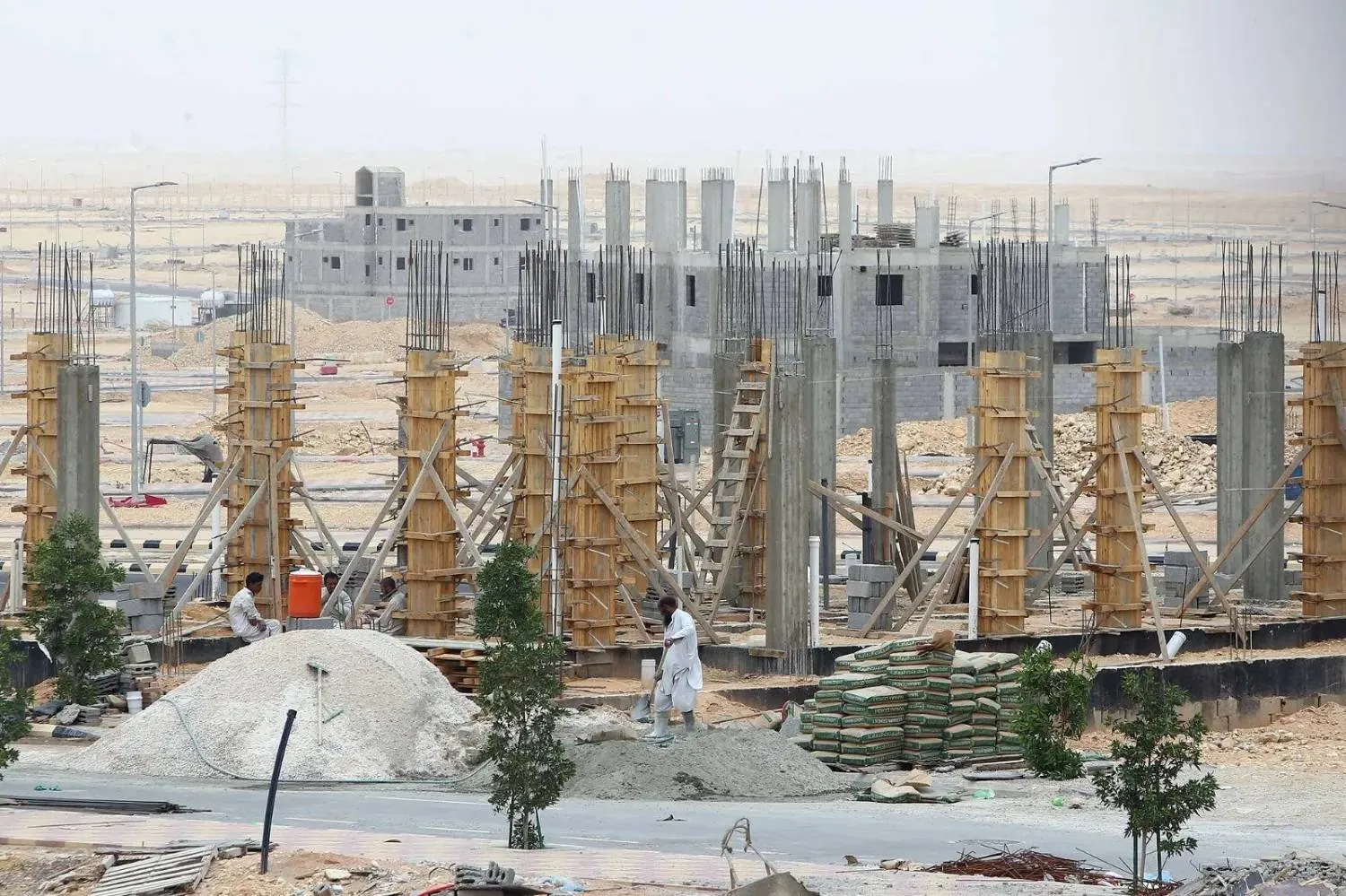The National Transformation Program (NTP), one of the Saudi Vision 2030 programs, accomplished 34 strategic goals out of 96 goals set to be achieved by 2030.
Since the launch of Vision 2030, the tremendous positive transformations witnessed in the Kingdom’s cities and regions have contributed to shaping a new, higher-quality life and providing better livelihoods, driven by the National Transformation Program.
The Program includes government digital services that save effort and time, and enhance the role of the private sector.
According to a recent report issued by the Program, a copy of which Asharq Al-Awsat viewed, the digital experience maturity index for government services during 2023 reached 80.68%, and 97% of government services in the same period were digitized.
The volume of savings from digital government initiatives last year amounted to $1.6 billion.
- Advancing globally
The Kingdom achieved its highest historical result in the E-Government Development Index 2022, issued by the United Nations, in which it advanced 12 places to 31st rank globally.
Saudi Arabia is also one of the best countries in the world in providing information on government services, making open government data available, and sharing it with citizens and business sectors.
According to the report, the average Internet speeds for download in the Kingdom for fixed and mobile internet reached 153.1 Mbps and 214.6 Mbps, respectively, while the fifth-generation mobile reached about 327.49 Mbps.
- Judicial transformation
The Program focused on activating digital transformation in judicial services and raised the percentage of services provided electronically from 30% in 2015 to 86.9% by the end of the previous year.
The Ministry’s Najiz platform contributed to reducing the case duration by 79% and supported beneficiaries of digital judicial services in more than 100 countries.
The Ministry digitized 180 million real estate documents, including records, controls, and transactions, and sorted and merged more than 100,000 deeds within minutes for each request.
It also completed 17,000 transactions worth $5.4 billion in the first week of launching the real estate stock exchange platform.
The report stated that the “Tawakkalna Services” application, with its new identity, witnessed an expansion in its integrated and harmonious services that enrich the experience of citizens, residents, and visitors through 240 services provided and 31 million users, supported by seven languages, and operating in more than 75 countries.
- Environment protection
Regarding environmental issues, the Program’s initiatives contributed to the rehabilitation of more than 192,000 hectares of natural vegetation and increased the percentage of natural reserves compared to Saudi Arabia’s total area from 4.3% in 2016 to more than 18.8% in 2023
The accuracy rate of forecasting and early warning of meteorological hazards three days prior increased from 60% to 81.14%.
The Kingdom launched the most extended irrigation network in the world, utilizing treated water to irrigate 7.5 million trees in its capital.
The network supports the Green Riyadh initiative, which aims to increase the use of treated water for irrigation by 100%.
- Promoting food security
To combat any food crisis, NTP’s initiatives strengthened the Kingdom’s grain storage under the General Food Security Authority, increasing from 2.5 million tons in 2016 to 3.5 million tons in 2023.
The report shows the self-sufficiency rate for the most important agricultural products: dates at 124%, table eggs at 117%, dairy products at 118 %, and poultry and red meat at 68% and 60%, respectively.
- Investment licenses
The Kingdom ranked 1st in the MENA region for Venture Capital Investment in 2023, capturing 52% of the total capital deployed with a value of $1.4 billion.
Riyadh became a valuable investment destination for global investors, whereby more than 180 companies obtained permits in 2023 to open a regional office.
In 2023, more than 8,500 foreign investment licenses were issued, an increase of more than 96% compared to the previous year.
The Kingdom continues comprehensive economic reforms to empower the private sector and attract local and foreign investments, continuing its progress in the World Competitiveness Booklet by achieving 17th place globally among 64 countries and 3rd among the G20.
The “Investment Saudi” platform, affiliated with the Ministry of Investment, offered about 1,283 opportunities ranging from tourism and entertainment, communications and information technology, biotechnology and pharmaceuticals, advanced industries, metals and mining, energy, financial and environmental services, and others.
- Labor market
The Saudi Business Center has provided 2.5 million services to the private sector since March 2020, in addition to 160 initiatives, including legislative, procedural, and technical reforms and 66 partnership agreements to facilitate starting business.
The report also touched on the decline in unemployment rate during the third quarter of last year to 8.6%, and the improvement of working conditions for expatriates increased to 73%.









